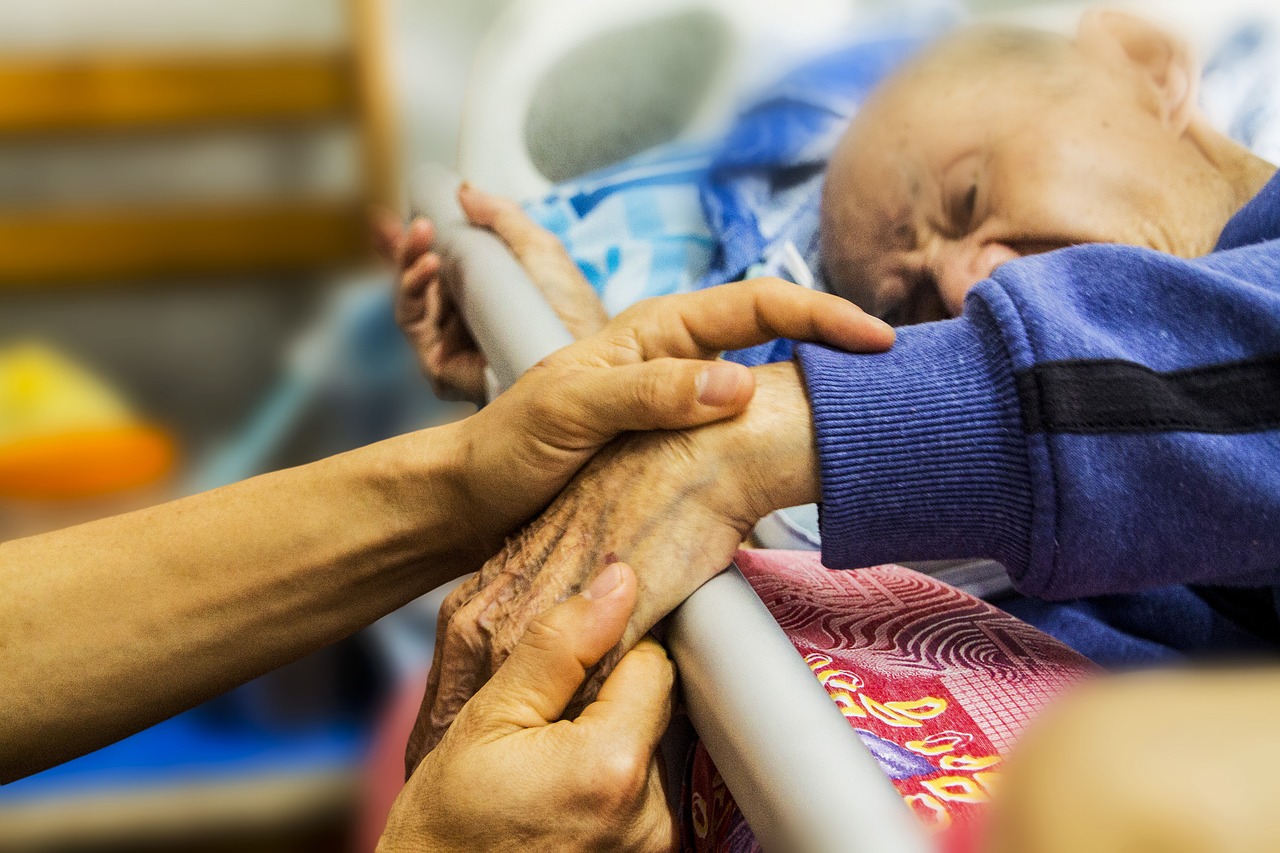Palliative Care: How Long Left to Live?
When you hear that a loved one or even a public figure is receiving palliative care, it’s natural to wonder how long they have left to live. Is it days? Weeks? Months? While doctors can give estimates, everyone’s experience is different and the actual number can vary greatly. However, those estimates help to determine if an individual is eligible to receive palliative or hospice care.

Hospice Care: How Long Left to Live?
Too often, patients and their families will wait to take advantage of all the support that hospice care has to offer. Patients are actually eligible to receive this care when they have been diagnosed with a terminal illness with six months or less to live if the disease follows its typical progress.
Taking advantage of hospice soon after a patient receives this diagnosis allows them and their family to receive the greatest benefit of the whole-patient approach that hospice provides. All medication, medical equipment, and supplies related to the patient’s terminal diagnosis are provided at no cost to the patient or family. In fact, most hospice patients never receive a bill for hospice care as it is covered at 100% by Medicare and Medicaid.
Read the hospice eligibility criteria.

Palliative Care: How Long Left to Live?
How long a patient has left to live does not factor into their palliative care eligibility. Therefore, it is difficult to answer the question of how long a palliative patient has left to live.
To be eligible for palliative care, the patient must be diagnosed with a serious, life-limiting illness, but they are still able to pursue curative treatment. If a patient is experiencing a life-limiting illness, but not yet eligible for hospice care, then palliative care may be a good fit to provide additional support in their home.
For example, a patient may receive chemotherapy or radiation treatment for their cancer, and then make use of palliative care to manage any pain they are experiencing as well as the side effects and symptoms caused by their cancer treatments.
Palliative care is a return to the traditions of house calls where a nurse practitioner will visit patients in the home to provide treatments and other therapy to relieve symptoms like pain, fluid build-up, and breathing difficulties often experienced by those dealing with life-limiting illnesses. Crossroads Hospice & Palliative Care patients also receive visits from a social worker who can help connect them to other resources in the community.
The patient’s care team partners with the patient’s primary care physicians, acting as their eyes and ears in the home to ensure that treatments are effective and to assess any environmental factors that may factor into the patient’s care, such as loose rugs that may provide a tripping hazard or a need for specialized equipment.
Palliative care is often covered by Medicare, Medicaid and private insurance, although it may require a copay or deductible. Since each situation varies, it is important to speak with your insurance company about how they cover palliative care.
To learn more about hospice or palliative care programs or how long a patient in these programs has to live, please call us at 1-888-564-3405.
If you found this information helpful, please share it with your network and community.
Copyright © 2018 Crossroads Hospice & Palliative Care. All rights reserved.




